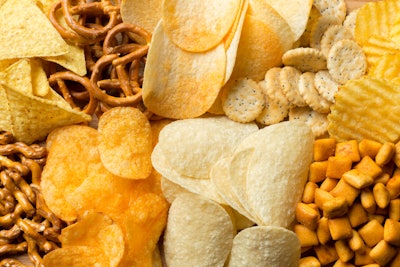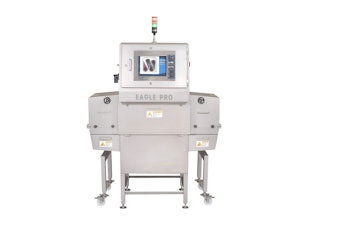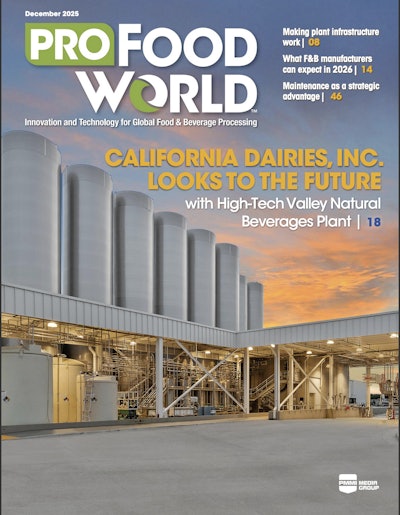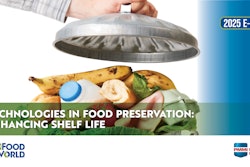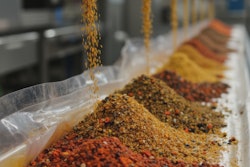The U.S. Snacks Market size was estimated at $172.54 billion in 2024 and is anticipated to exceed $193.51 billion by 2030, according to Markntel Advisors. Along with this, the industry is anticipated to grow at a CAGR of around 2.18% during 2025-2030.
Driven by changing lifestyles and heightened consumer awareness, the report found that the U.S. snacks market is witnessing record demand backed by significant growth components. In 2024, approximately 90% of Americans reported snacking several times a day, while 92% replaced at least one weekly meal with snacks and 7% regularly skipped meals entirely in favor of snacking options. Moreover, nearly 50% of consumers now prefer snacks with functional ingredients, fueling a surge in plant-based and high-protein innovations that strongly appeal to Gen Z and millennials.
Protein-based and functional snack solutions form market core
The report says that protein-based and functional snack solutions are significantly propelling the U.S. snacks market, driven by rising consumer preference for nutritious, convenient options. In 2024, sales of protein-fortified snacks grew 16.8% YoY, with whey protein and plant-based protein bars leading innovation. Functional products incorporating collagen, pea, and faba bean proteins, along with mushroom crisps targeting cognitive and gut health, are gaining momentum.
Artificial intelligence reshaping product development
AI-led analytics have become a key driver of product differentiation in the snacks industry. Leading snack producers in the U.S. now use AI-driven flavor genome mapping to precisely anticipate consumer cravings, the report finds. For example, Mondelēz International reported a significant reduction in R&D time after adopting AI-based sensory platforms that analyze extensive U.S. data on regional taste preferences. Similarly, Hershey's Innovation Lab applies machine learning models to optimize sweetness levels without compromising texture.
These technologies enable companies to shift from reactive product cycles to predictive innovation, quickly aligning with dietary trends like keto, low-FODMAP, and adaptive snacking across the country.
